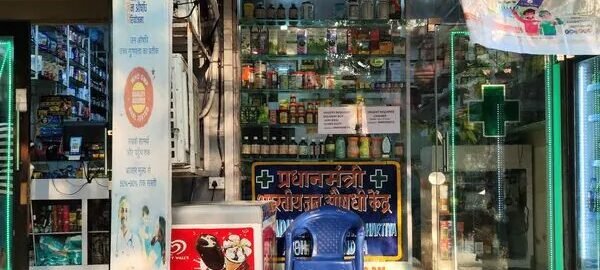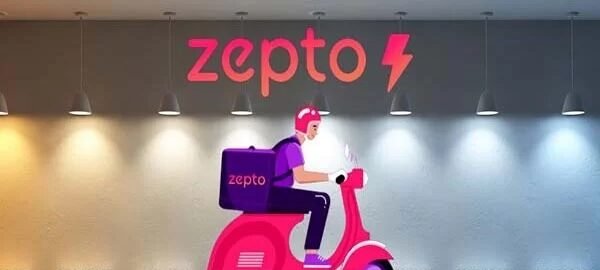Flipkart-backed logistics startup Shadowfax has converted itself to a public entity, according to regulatory filings with the corporate affairs ministry.
It is a key step ahead of Shadowfax’s plan to file draft papers for its initial public offering (IPO), which could happen in the next three-four months according to people familiar with the matter. The company has appointed ICICI Securities, JM Financial and Morgan Stanley as the bankers for its public offering.
“The company is proposing to undertake an initial public offer… comprising of fresh issuance of equity shares… and an offer for sale by certain existing shareholders of the company, and list the equity shares on one or more of the stock exchanges,” it said in the filing.
Shadowfax’s shareholders approved the proposal at an extraordinary general meeting this month.
The firm, which is also backed by the likes of TPG NewQuest and Mirae Asset, closed a Rs 400 crore funding round led by Edelweiss Discovery Fund, family offices and high-net-worth individuals late last year, doubling its valuation to around Rs 6,000 crore in its last private funding ahead of the potential public listing.
In February, the startup appointed three independent directors on its board – consumer goods veteran Bijou Kurien, early-stage VC fund Synapses’ cofounder Ruchira Shukla and former Mahindra Logistics CEO Pirojshaw Sarkari.
In 2023-24, Shadowfax swung to Ebitda profitability with an operating profit of Rs 23 crore. The Bengaluru-based firm reported a 33% increase in operating revenue to Rs 1,884 crore, while cutting down its net loss by 92% to Rs 12 crore.
With the funding round, Shadowfax aimed to expand its offerings in the buzzy quick commerce sector and has been working as a third-party logistics service provider with firms including Nykaa.
The company has been seeing massive traction from rapid deliveries, with several brands and platforms moving to offer same-day and even faster delivery to customers across the country.
Founded in 2015 by IIT Delhi alumni Abhishek Bansal, Vaibhav Khandelwal, Praharsh Chandra and Gaurav Jaithliya, Shadowfax has transitioned to serving ecommerce clientele such as Meesho from initially being an on-demand logistics provider for food-delivery platforms.
Shadowfax’s move towards its IPO comes at a time when multiple new-age companies are looking to go public. These include ecommerce marketplace Meesho, eyewear retailer Lenskart, manufacturing firm Zetwerk, audio wearables brand Boat, at-home services platform Urban Company, jewellery retailer Bluestone, edtech firm PhysicsWallah and Zomato-backed Shiprocket.
Author Credits: msn











